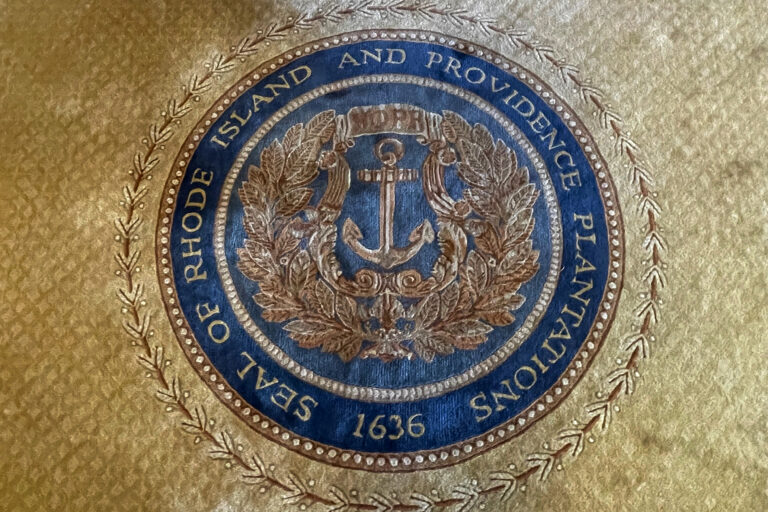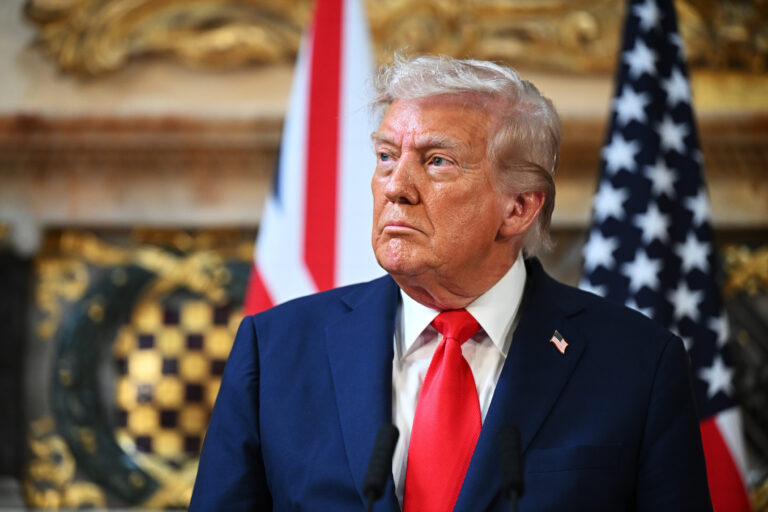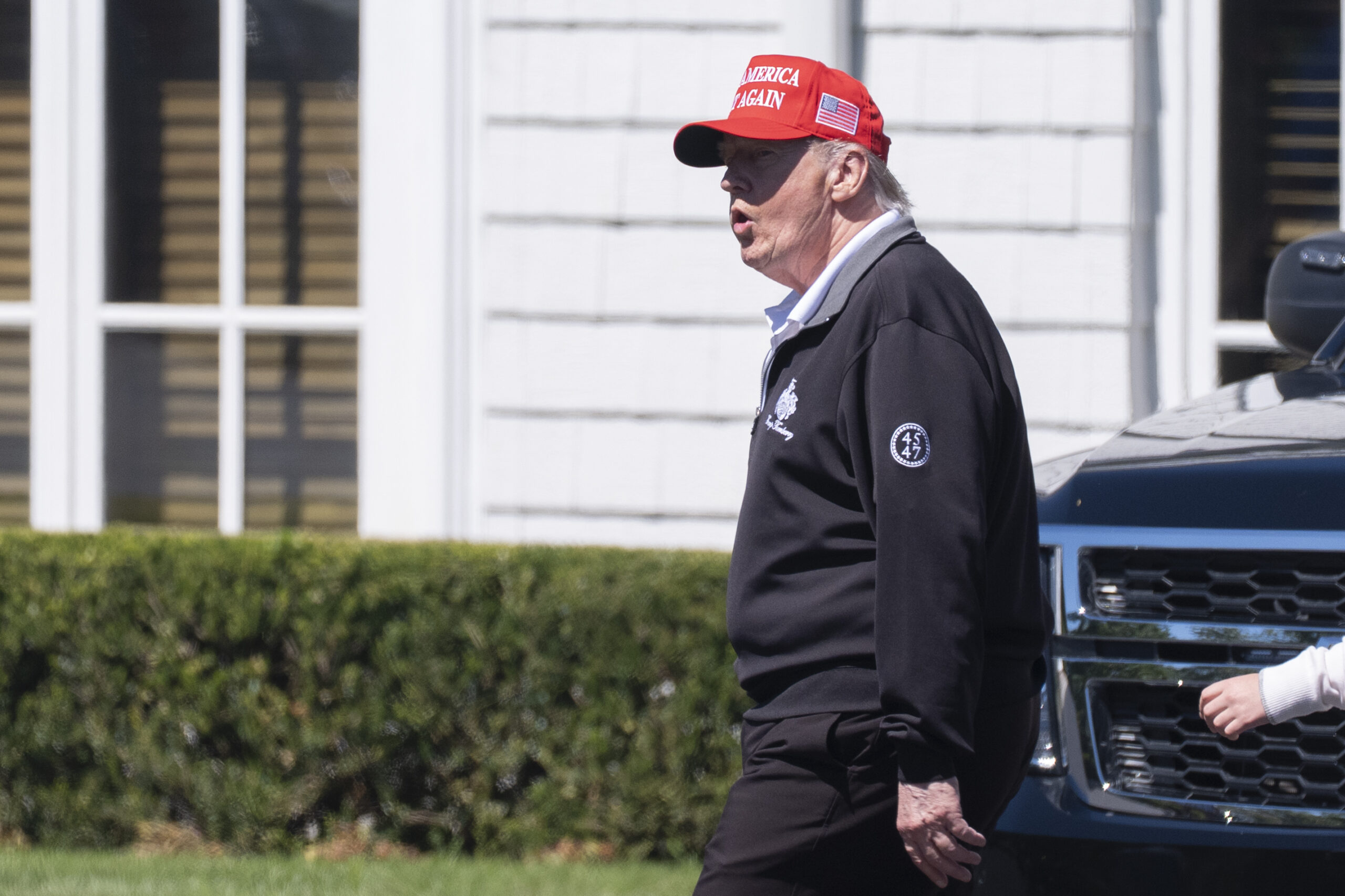
The U.S. Secret Service has acknowledged a security breach after a member of the Trump National Golf Club in Sterling, Virginia, carried a loaded semiautomatic handgun into the facility while President Donald Trump was on-site.
In a statement released on Wednesday, the U.S. Secret Service said the weapon—identified as a Glock—was not detected during a manual bag search conducted with handheld magnetometers on August 31.
Newsweek contacted Trump National Golf Club for comment via email outside normal working hours on Thursday.
Why It Matters
Although the club member who carried the loaded handgun into Trump National Golf Club last month self-reported the weapon and never came near the president, the lapse underscores persistent concerns about the Secret Service’s ability to safeguard the president.
Along with the assassination of Charlie Kirk—the conservative activist and prominent Trump ally who was fatally shot on Wednesday at a public event in Utah—the Trump National Golf Club incident highlights growing vulnerabilities in how security is managed, raises deeper questions about various security agency’s operational readiness in a climate of political violence and threatens public confidence in these agencies’ protective missions.
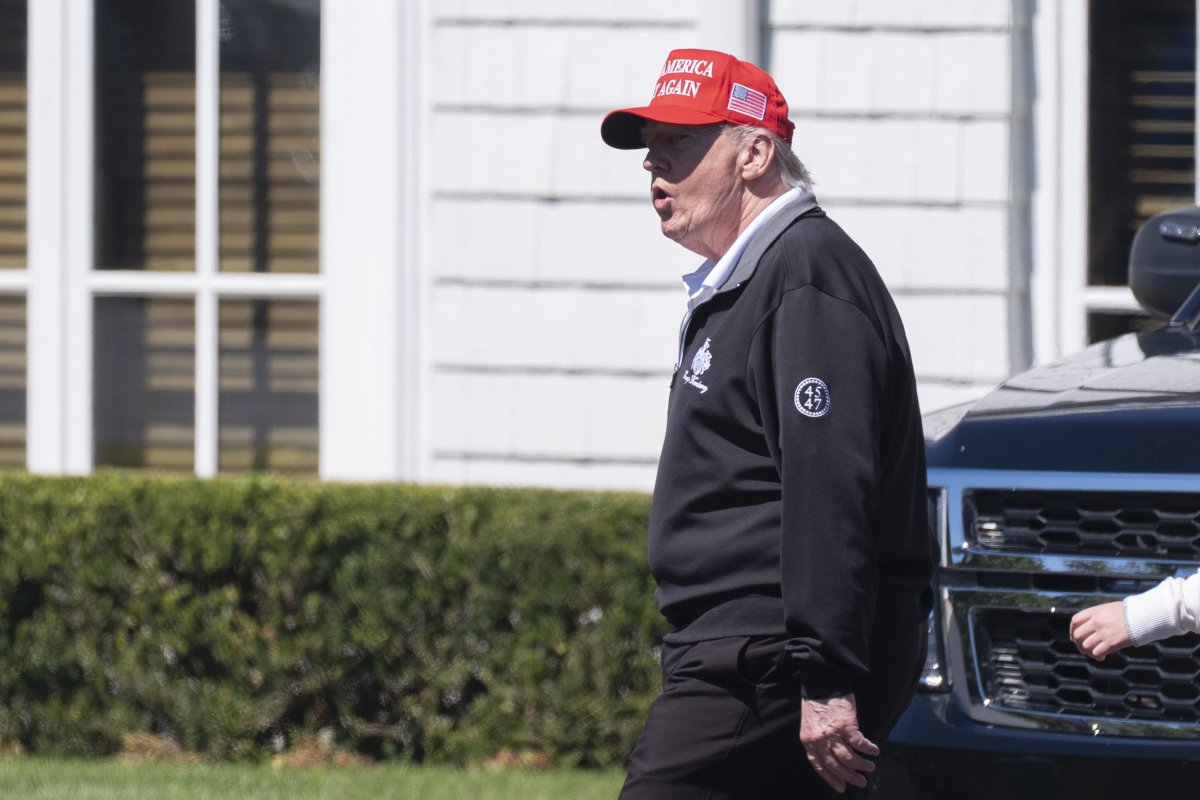
Manuel Balce Ceneta/AP
What To Know
The Secret Service has launched an internal review into the screening failure on August 31, and the employee responsible for searching the guest’s bag has been placed on administrative leave pending the outcome of that review, the agency said.
In a statement shared with Newsweek, the Secret Service said video surveillance indicated that the guest never came into close physical proximity with the president while on the premises.
The agency also reiterated that “redundant security layers” were in place at its sites to prevent security breaches.
The screening method used that day relied on handheld magnetometers, rather than walk-through metal detectors, in conjunction with manual bag inspections.
These procedures failed, in this instance, to detect the firearm.
Senior leadership at the Secret Service responded quickly after the incident. Director Sean Curran and Deputy Director Matt Quinn visited the golf club following the incident and received a detailed briefing, the New York Post reported, citing a senior official.
Though the incident drew concern, there was no indication from the agency that any harm came to the president.
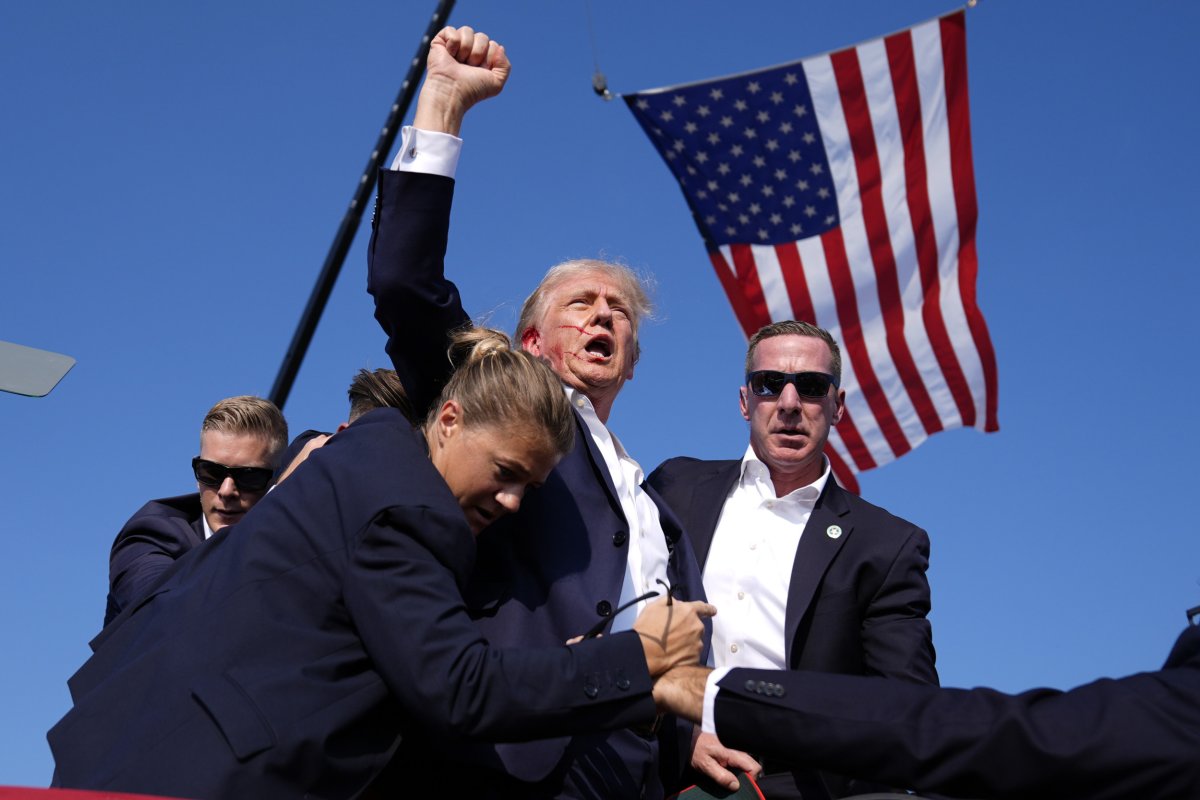
Evan Vucci/AP
Backdrop of Heightened Scrutiny
The August 31 breach emerges against a backdrop of heightened scrutiny of the Secret Service’s performance. An attempted assassination at a campaign rally in Butler, Pennsylvania, in July 2024 saw shots fired at Trump. That and other incidents have raised questions around security protocols at locations visited by the president.
A senior official told the New York Post that the club member who self-reported carrying the firearm had been cooperative with the investigation. It remains unclear whether the member was aware that the gun would be a problem under the screening procedures or whether the oversight was a failure of procedure, training or execution.
What People Are Saying
A Secret Service spokesperson told Newsweek in an email on Thursday: “The U.S. Secret Service takes the safety and security of our sites very seriously and there are redundant security layers built into every one. … The Secret Service initiated an internal review into employee conduct after a member of a Virginia golf club notified the agency that they inadvertently brought their firearm into a protective site on August 31.”
The agency added: “Video surveillance indicates the club member was never in close physical proximity to the President’s location at any point while at the golf club. The Secret Service employee involved in the member’s security screening was immediately removed from operational duties and has since been placed on administrative leave, pending the outcome of the review.”
What Happens Next
The Secret Service has launched an internal review that will determine whether the lapse stemmed from human error, inadequate procedures or equipment issues. The results of the review could lead to disciplinary action, changes in screening protocols or congressional scrutiny.
At stake is not only the agency’s operational readiness but also public confidence in its ability to protect the president after a series of recent assassination attempts.


